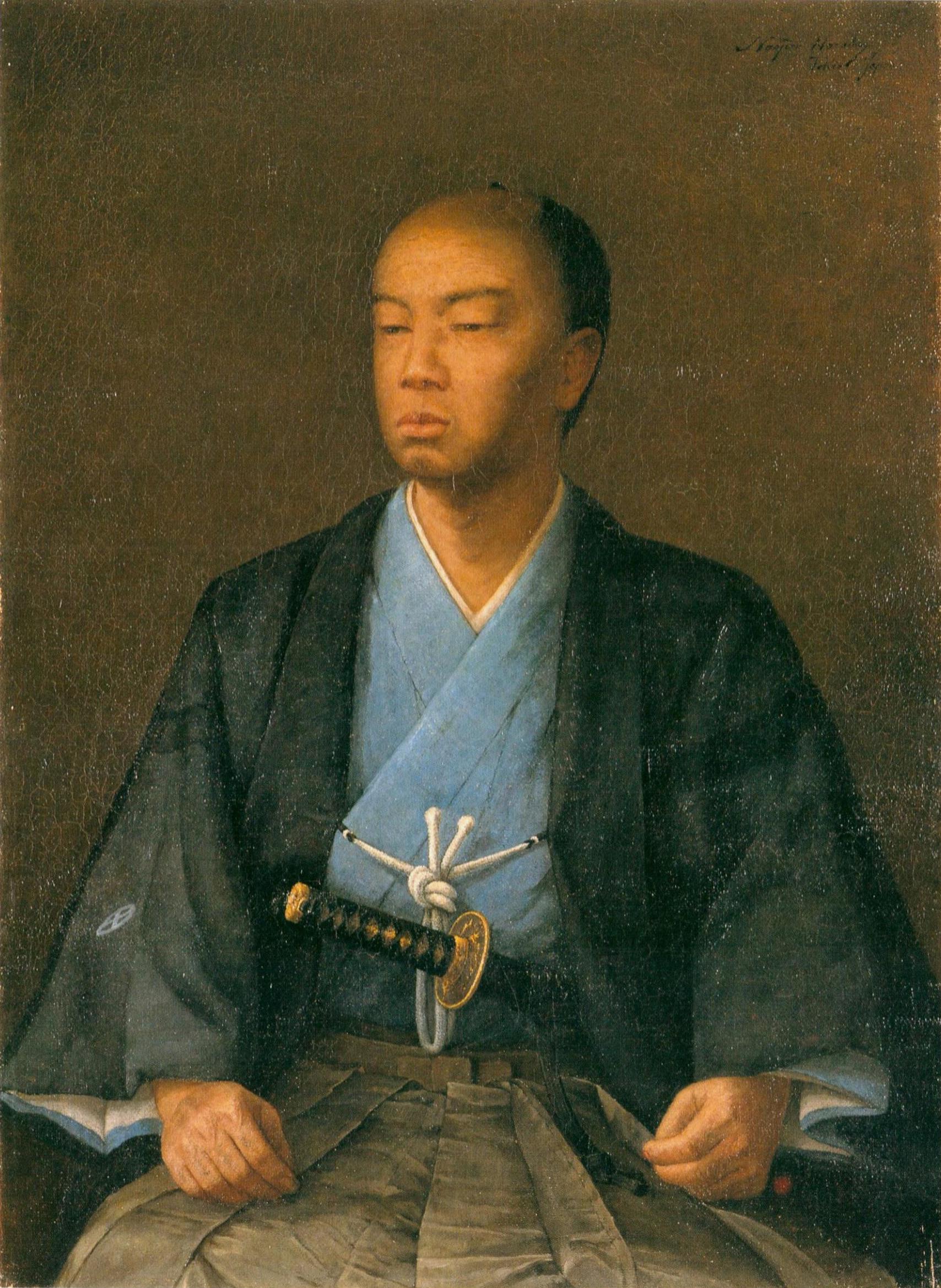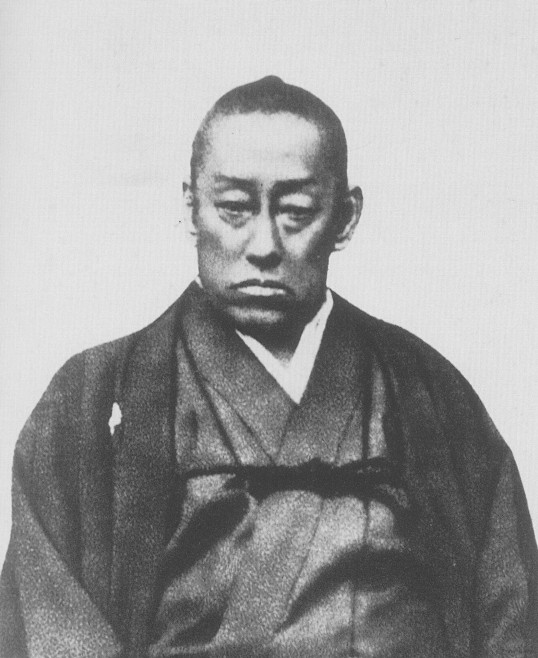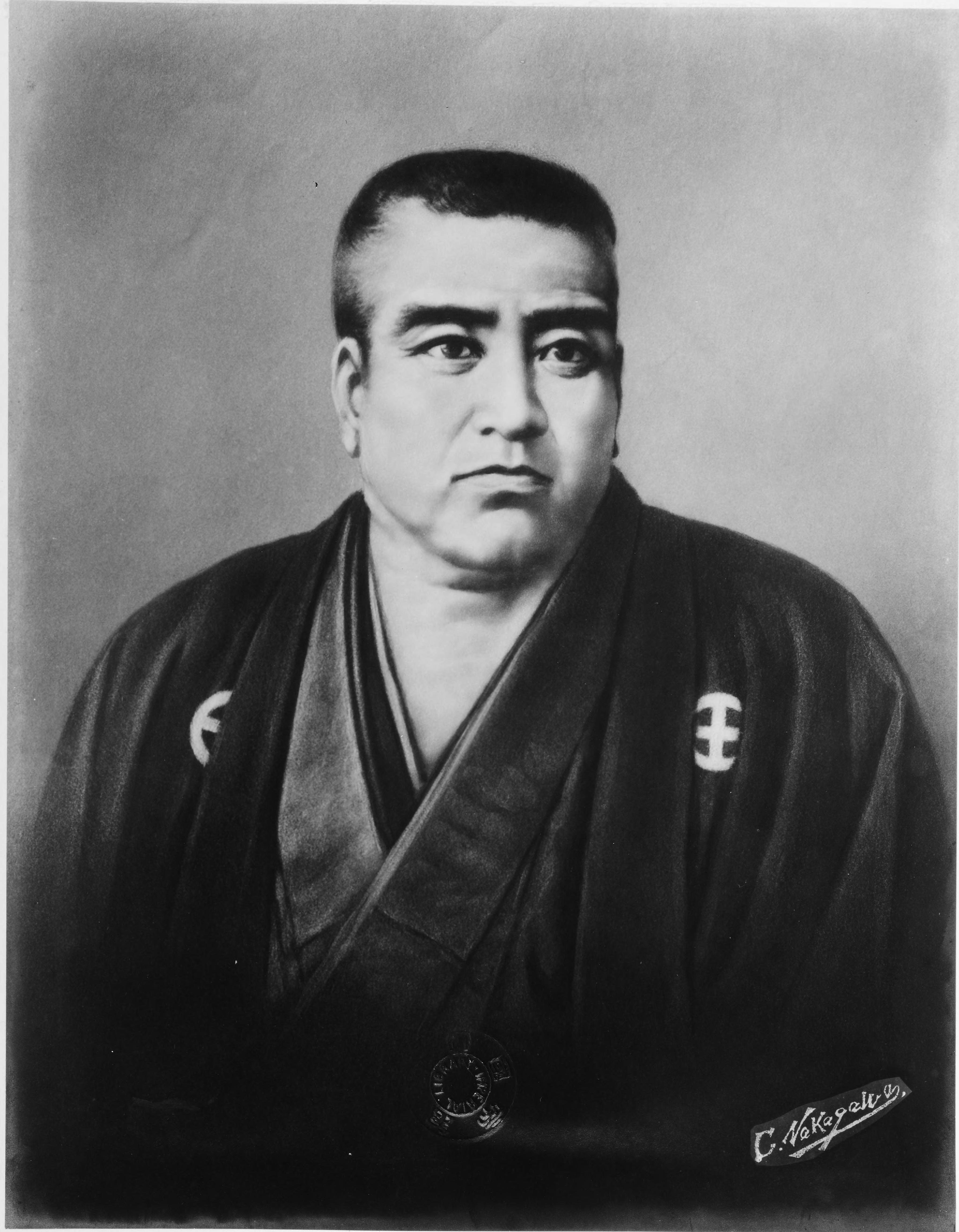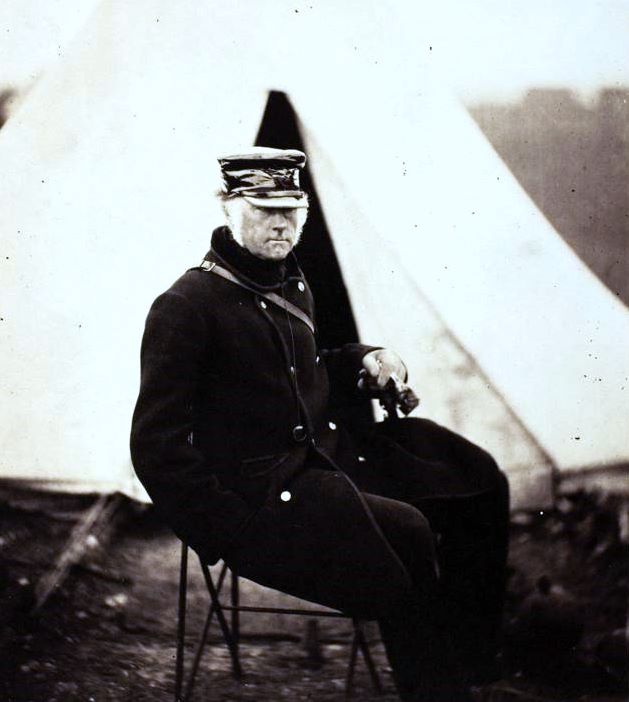Prologue
第 1 章: 日本のオープニングと時代の終わり。- Chapter one: The Opening of Japan and the end of an era.

(The Battle of Sekigahara was known as the blueprint for ひどい大戦, or “The Great Terrible War” of Japan)
All of that changed in 1852 when the United States sent Commodore Matthew Perry to force Japan to open their country to foreign trade. Fearing sharing the fate of Qing China only a generation ago, the Tokugawa government agreed to open Japan in 1854 (effected in 1855) in the Convention of Kanagawa.
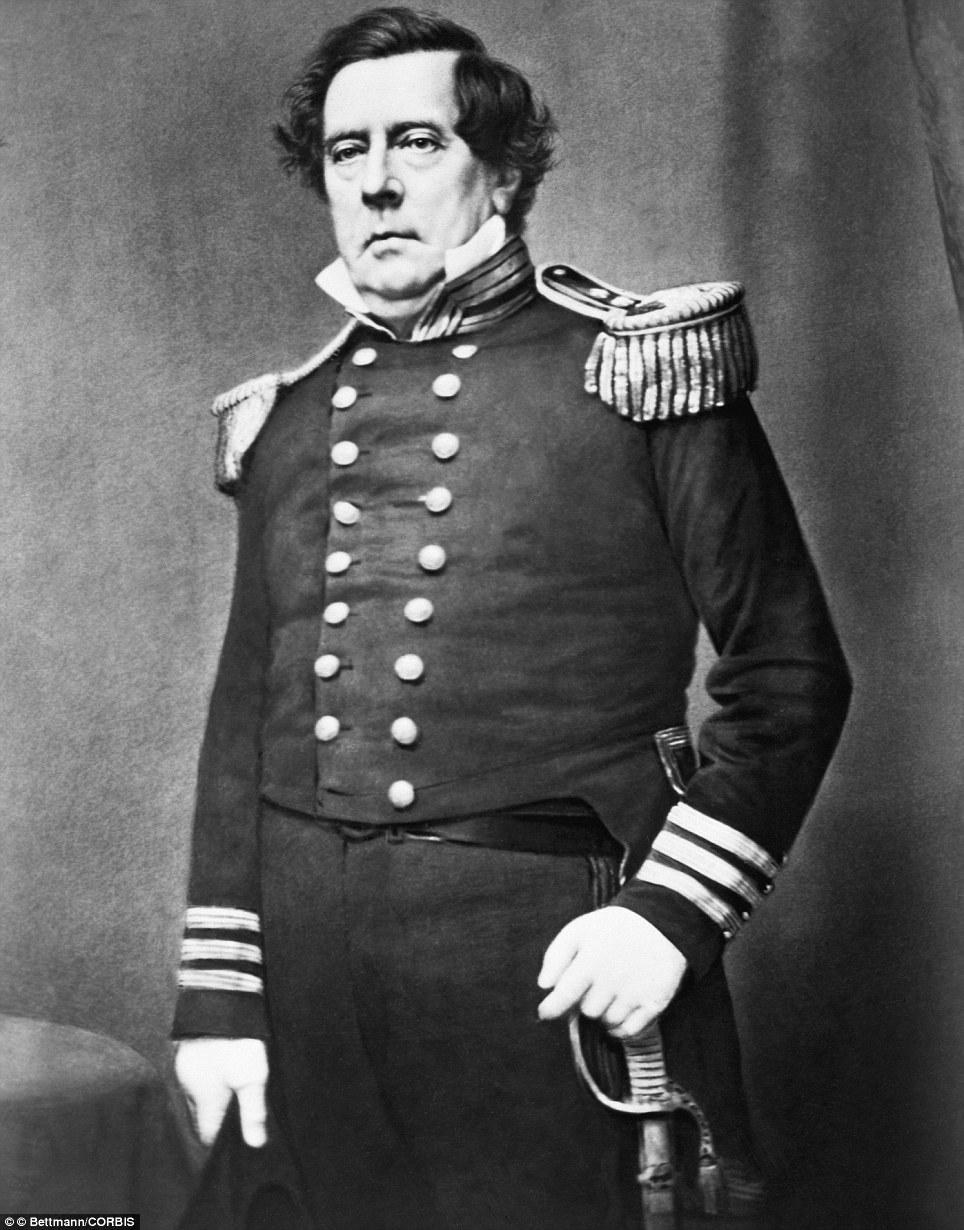
(Although historically Commodore Perry was seen in Japan as an evil man who destroyed the innocence of Japan, many modern historians in Japan view him as the catalyst to a modern Japan. Some radicals within the debate even view him as an honorable demigod who was chosen by Amaterasu to create a great modern Japan and wish to honor him as such.)
Economic Troubles:
Part of the opening of Japan was the unfair trade deals that came with it. For example, foreign merchants could not be tried by Japanese courts, leading to foreign merchants getting away with unfair practices. One of the most ruinous to Japan was the practice of arbitrage, or taking advantage of different price levels in different markets. In the West, the gold-silver ratio was at 1:15. But in Japan it was only 1:5. So western merchants flooded the Japanese gold markets, buying up all the gold so it could be sold at a much higher price elsewhere, destroying the Japanese currency. Rising prices and a daily weakening currency lead to mass famines and bankruptcies across Japan, leading to growing anger at the Tokugawa administration.

(A foreign trading house)
The slogan “Sonno Joi”, or Revere the “Emperor, Expel the Barbarians”, became a rallying cry of a newly created pro-emperor movement, which blamed the Shogunate for the economic crisis, and believing that it was only moral for the Emperor of Japan, a Godly figure, to run the affairs of Japan, not an intermediary military dictatorship.
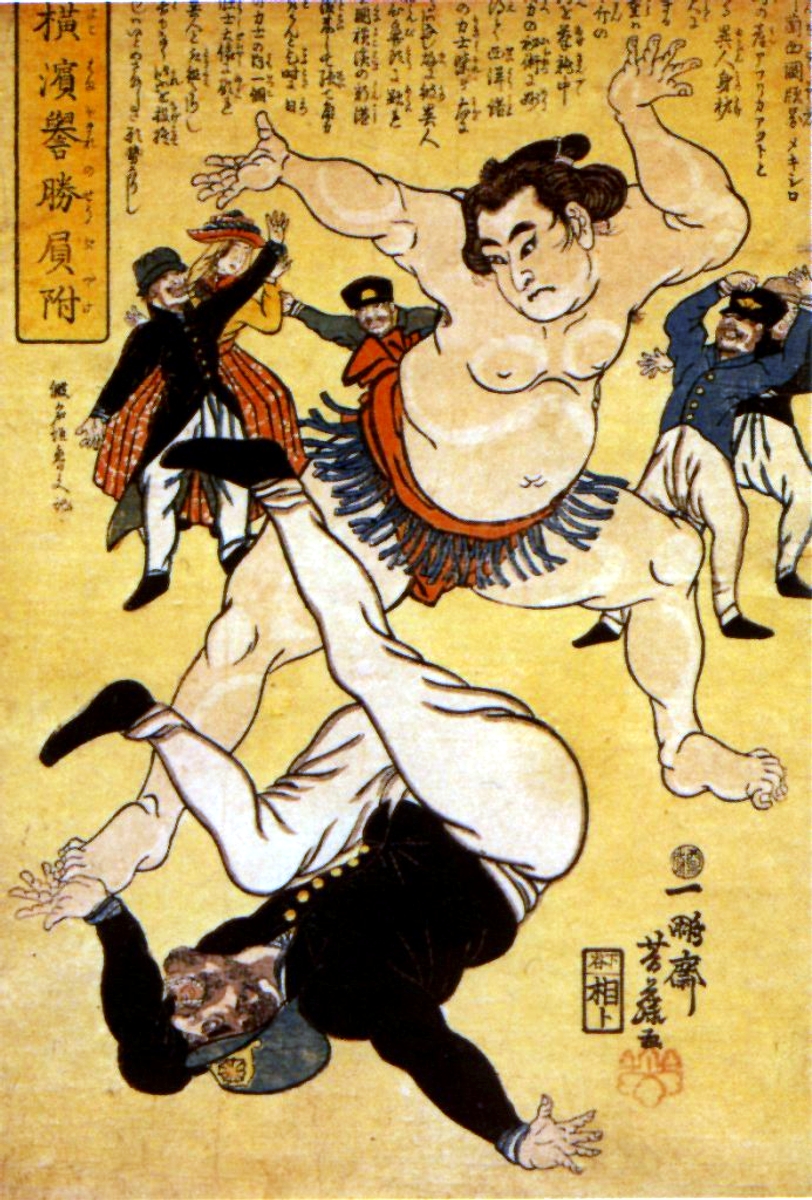
(One of the popular poster of the Sonno Joi movement)
After much turmoil in Japan, Emperor Komei in 1863 ordered the end of westernization of Japan and the expulsion of Japan with the 攘夷実行の勅命 or jōi jikkō no chokumei. The response of the Western powers would go down in the annals of history as the precursor of “The Great Terrible War”.

(Emperor Komei was always less liked by historians than his son Meiji, and is criticized for his rash decision making. Had he not died soon thereafter many historians predicted a highly worse off Japan.)

(The Battle of Sekigahara was known as the blueprint for ひどい大戦, or “The Great Terrible War” of Japan)
All of that changed in 1852 when the United States sent Commodore Matthew Perry to force Japan to open their country to foreign trade. Fearing sharing the fate of Qing China only a generation ago, the Tokugawa government agreed to open Japan in 1854 (effected in 1855) in the Convention of Kanagawa.

(Although historically Commodore Perry was seen in Japan as an evil man who destroyed the innocence of Japan, many modern historians in Japan view him as the catalyst to a modern Japan. Some radicals within the debate even view him as an honorable demigod who was chosen by Amaterasu to create a great modern Japan and wish to honor him as such.)
Economic Troubles:
Part of the opening of Japan was the unfair trade deals that came with it. For example, foreign merchants could not be tried by Japanese courts, leading to foreign merchants getting away with unfair practices. One of the most ruinous to Japan was the practice of arbitrage, or taking advantage of different price levels in different markets. In the West, the gold-silver ratio was at 1:15. But in Japan it was only 1:5. So western merchants flooded the Japanese gold markets, buying up all the gold so it could be sold at a much higher price elsewhere, destroying the Japanese currency. Rising prices and a daily weakening currency lead to mass famines and bankruptcies across Japan, leading to growing anger at the Tokugawa administration.

(A foreign trading house)
The slogan “Sonno Joi”, or Revere the “Emperor, Expel the Barbarians”, became a rallying cry of a newly created pro-emperor movement, which blamed the Shogunate for the economic crisis, and believing that it was only moral for the Emperor of Japan, a Godly figure, to run the affairs of Japan, not an intermediary military dictatorship.

(One of the popular poster of the Sonno Joi movement)
After much turmoil in Japan, Emperor Komei in 1863 ordered the end of westernization of Japan and the expulsion of Japan with the 攘夷実行の勅命 or jōi jikkō no chokumei. The response of the Western powers would go down in the annals of history as the precursor of “The Great Terrible War”.

(Emperor Komei was always less liked by historians than his son Meiji, and is criticized for his rash decision making. Had he not died soon thereafter many historians predicted a highly worse off Japan.)


